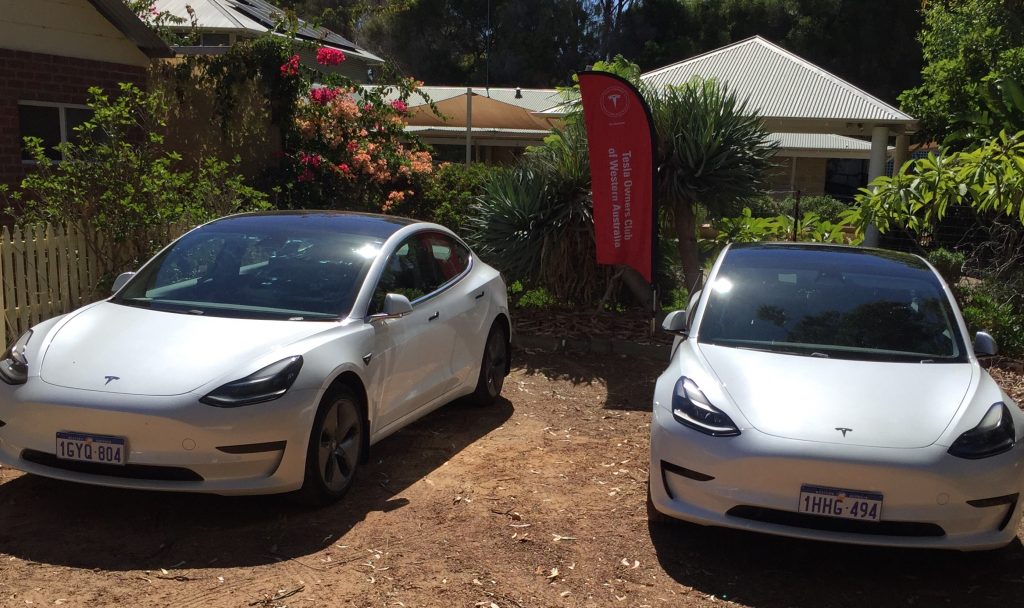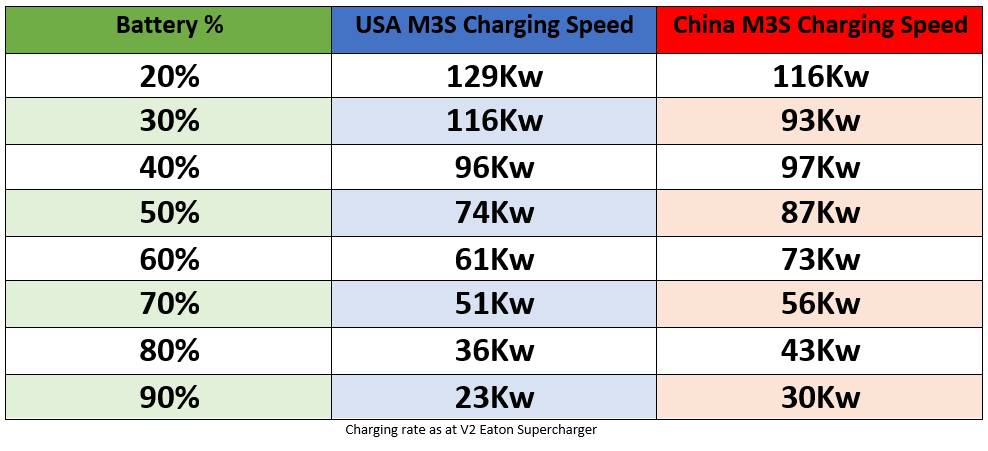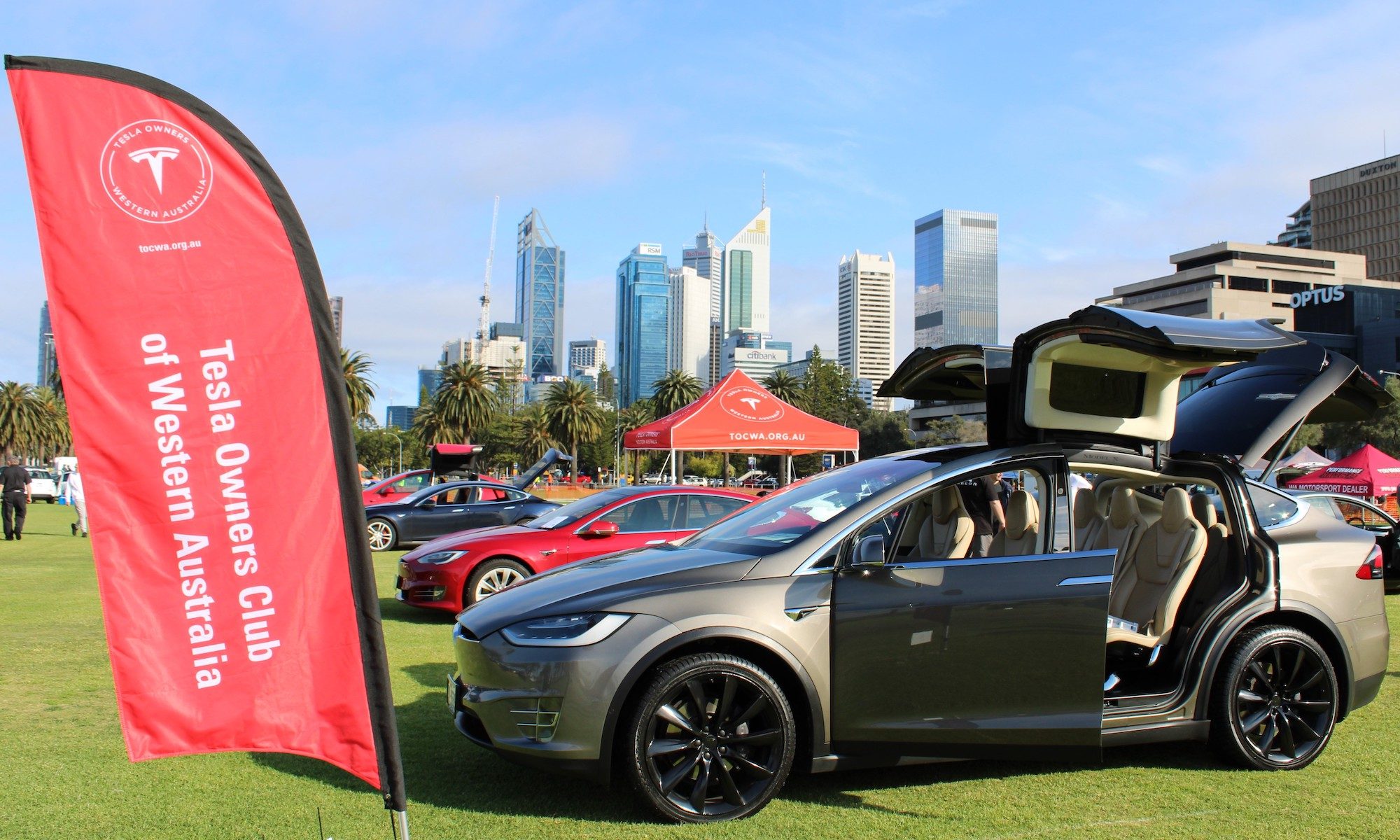Energy efficiency and charging speed comparison
This test was scheduled to compare the different supercharging speeds between a USA and China built model 3 standard range, we also took the opportunity to test the energy efficiency of both cars. The energy efficiency test produced some unexpected results but nothing that would make one car far superior to the other over its whole life.
Conditions for the day were fine and dry, with the outside air temperature starting at 19C and creeping up to 26C over the next 4 hours, the roads had light to moderate traffic allowing for both cars to stay visible to each other, there was no tailgating each other or drafting larger vehicles.

We attempted to drive a combination of suburban and highway routes although a significant section of the journey was at 110kmh on a fairly coarse road surface that has a negative effect on range, I’ve driven the same Forest highway dozens of times in a model S in the past 6 years and it’s certainly chews up the energy as much as any West Australian road I can think of.
To make the test as tidy as possible both cars had the same cold tyre pressures (45psi) using the same brand and size tyres, both climate controls set to 22C throughout the full test when driving, 2 occupants each. Both cars preheated their batteries on approach to the supercharger. We had the good fortune to have the Eaton V2 Superchargers to ourselves avoiding shared cabinets.
The Supercharging Speed Test
Not really a groundbreaking surprise here but more of a reminder that the USA installed NCA batteries have a slightly different charging profile to the China installed LFP batteries, the good news is both cars had a reasonable good charging speed between 20% and 90% on a V2 Supercharger capped at 135kw, USA build taking 33 minutes, the China build taking 32 minutes.

The Efficiency Test
The Trip A south in temperatures between 19C and 22C was a total distance of 129kms via a detour through Pinjarra, this produced a small surprise that we initially put down to a margin of error, the USA car had a trip average of 153Wh/km against the China car of 157Wh/km, I didn’t expect the China car to have any advantage on such a mild day, a cold day would have certainly given it a win.
The Trip B north was a more direct 103kms with temperatures between 23C and 26C, this did throw up an interesting result, the USA car averaged 145Wh/km, the China car 158Wh/km, that sort of gap wasn’t expected.

So why such difference? It wasn’t driver behaviour, we swapped passengers at the supercharger so I spent time with both drivers, there wasn’t any significant difference in accelerating or braking. As the cars had been matched as close as possible the only difference was the age of the tyres, although the China model 3 had 1200kms on its tyres it appears they need some more age and distance before the tyres produce their best efficiency.
Many thanks to Nigel and Alex for giving up their Saturday morning to conduct this test.
Rob.


This was quite an interesting exercise we conducted. Different charging profiles but the same charge time overall. As Rob says the return journey showed the USA made SR+ to be much more fuel efficient. We did try to get everything set up exactly the same, drove at the speed limit with cruise control on so the return difference seems significant. Maybe my tyres with 38000km compared to 1500km could account for it but I am not an expert in that field.